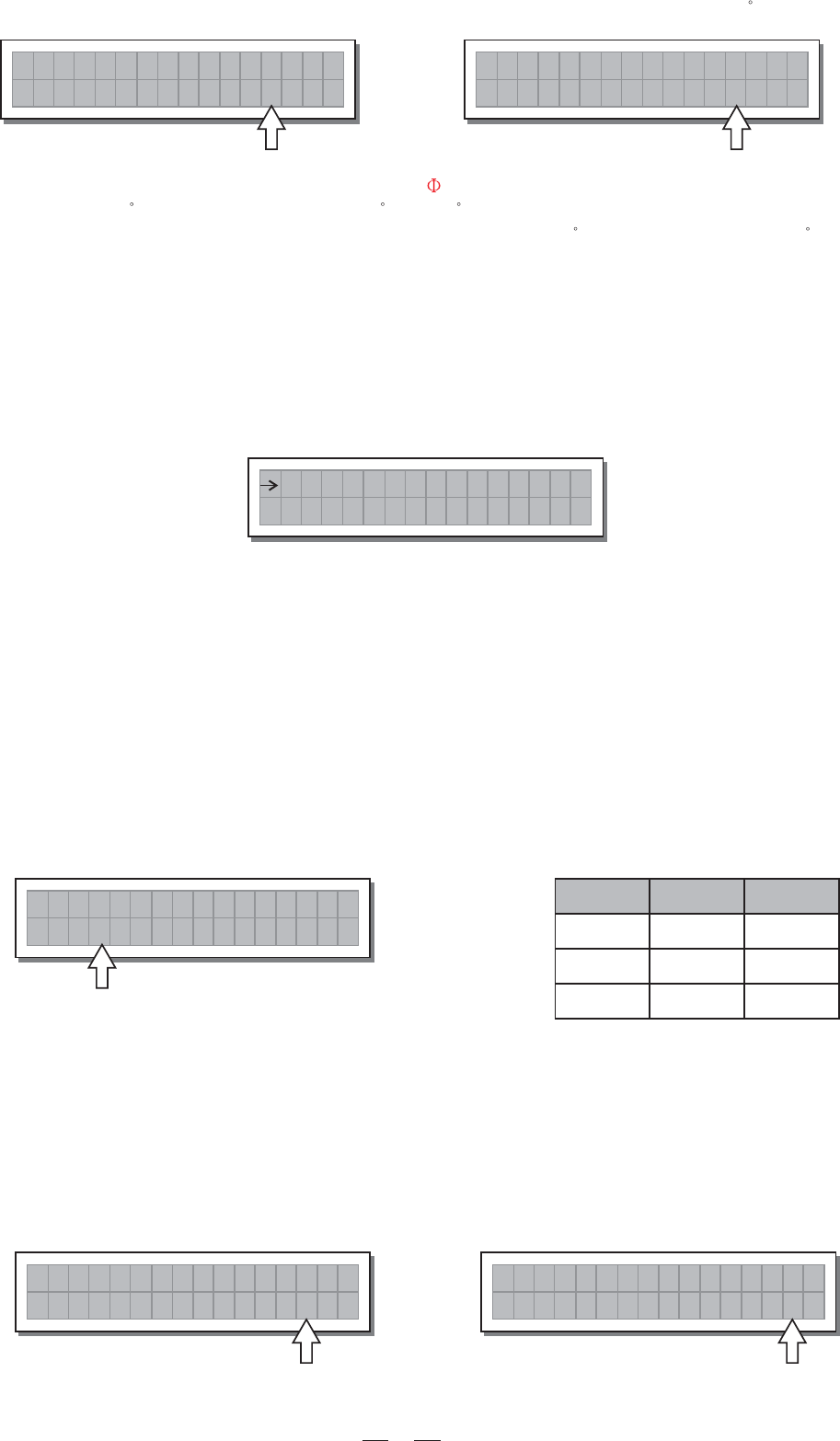
5.3.7 Output Limiter
a. Output level limiter
Allows to keep the signal of each individual output within a set level.
Can be used effectively to protect the components of a sound system.
The following editable parameters are available:
b. Reaction times
Allows to choose between 3 types of Limiter reaction speed.
In fact, these are attack and release times that are optimised so that the Limiter reacts more or less rapidly
when the signal exceeds or drops below the threshold:
Fast
Normal
to mid frequencies or full-range systems.
Slow
suited to outputs dedicated to low frequencies.
c. Threshold
signal unchanged.
The editing values are within the following ranges: +19.8dBu ~ -10dBu, with 0.2dBu steps
7.574V ~ 0.245V with variable steps
The Off value disables the LIMITER, whereas any other value enables it.
22
Normal: leaves the phase unchanged
Reverse: shifts the phase through 180 , inverting it.
LIMITER
FAST
NORMAL
SLOW
ATTACK
RELEASE
1ms
10 ms
8ms
80 ms
45 ms 450 ms
OP
1
N
o
rm
POLA
a
I
RITY
OP
1
e
v
er
POLA
s
e
RITY
R
Ou t pu t Li mi t e r
OP
1
f
LIMI
T
ER
fosaFt
OP
1
8
LIMI
T
ER
5olSw .
OP
1
f
LIMI
T
ER
fOolSw
short times, suited to rapid Limiter operation. Normally more suited to outputs dedicated to high
frequencies.
intermediate times, suited to the majority of applications. Normally more suited to outputs dedicated
long times, suited to avoiding rapid repeated level jumps (pump effect). Normally most
Allow to set the level above which the Limiter intervenes (limiting the signal) and below which it leaves the
The measurement unit can be chosen with the Lim. Thresh. Unit function ( menu submenu).UTILITY - Units
The effect of this control is summed with that of the parameter of the filter ( menu), whichLPF Xover - EDIT
operates with 5 steps in a range of between 0 and 180 .
In this way it's possible to set the phase of each individual output with 5 steps within a complete 360 revolution,
a very useful function when assembling arrays of speaker enclosures, in the control of the interpolation between
various enclosures or between sections of the same system.


















